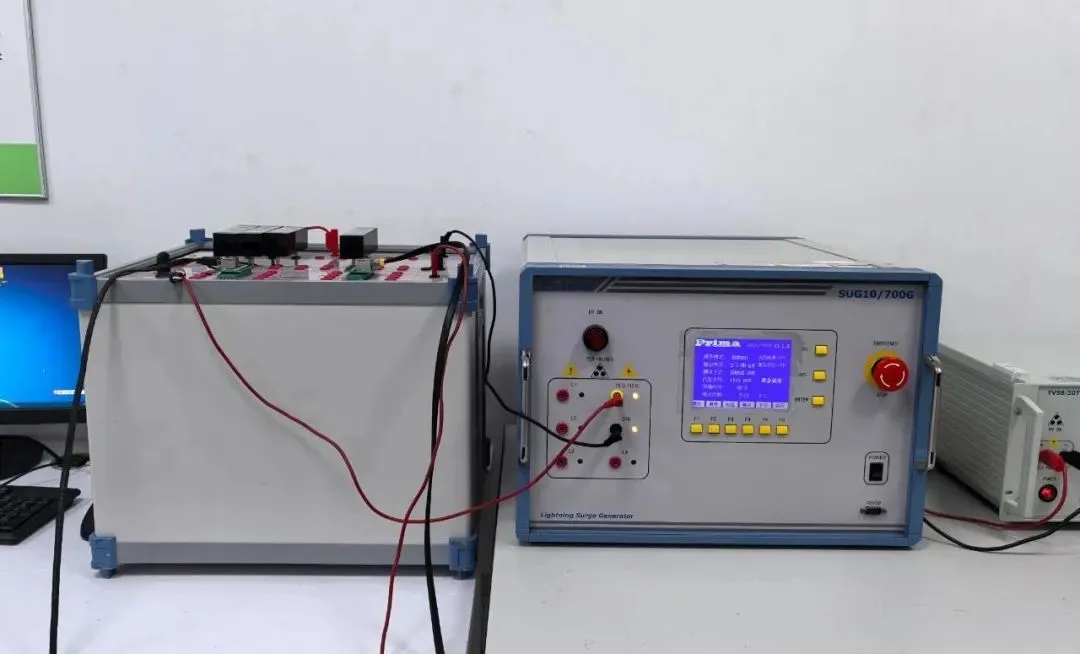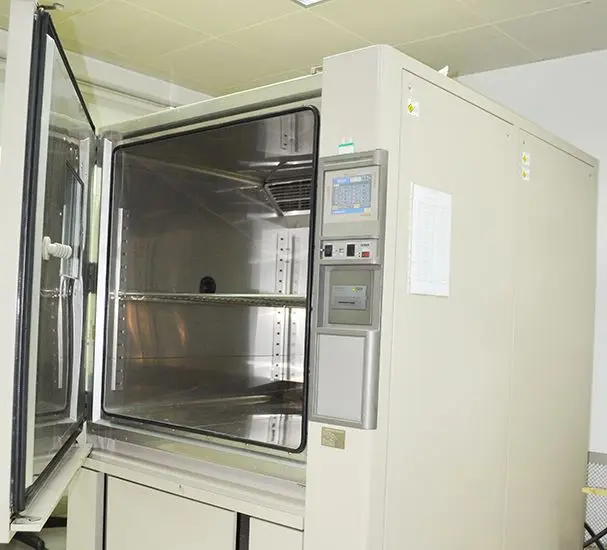
California Proposition 65 Sunglasses
Exporting sunglasses to California requires compliance with California Proposition 65 testing. Proposition 65 applies to a wide range of product categories, including but not limited to food and beverages, cosmetics and personal care products, household items, children's products, building materials, and electronics. As personal eye protection products, sunglasses must undergo Proposition 65 testing if their materials or manufacturing processes involve the use of cheMICals listed under Proposition 65, or if there is potential exposure to these harmfUL substances.
Proposition 65 Testing Items for Sunglasses:
1. Lead (Pb) Content
Proposition 65 imposes strict limits on lead content, particularly focusing on parts of sunglasses such as frames, lenses, or other accessories. Lead is a heavy metal, and long-term exposure may pose serious health risks.
2. Cadmium (Cd) Content
Like lead, cadmium is a toxic heavy metal that can harm human health. Proposition 65 places clear restrictions on the allowable levels of cadmium.
3. Phthalates
These are common plasticizers used to enhance the flexibility and durability of plastics. However, certain types of phthalates are consideRED potentially harmful to human health, especially with prolonged or high exposure. Proposition 65 imposes strict limits on specific types of phthalates.
4. Other Harmful Substances
In addition to the substances mentioned above, Proposition 65 includes many other chemicals that may vary depending on the product type and usage. For sunglasses, other potentially concerning substances include, but are not limited to, BISphenol A (BPA)and formaldehyde.
Proposition 65 Testing Process for Sunglasses:
1. Determine Product Scope
First, determine whether your sunglasses require Proposition 65 testing. If the product is intended for sale or distribution in California, especially if it may contain chemicals listed under Proposition 65, testing is necessary.
2. Select a Certified Laboratory
Choose a qualified and experienced certification laboratory. The chosen lab should be familiar with the requirements of Proposition 65 and capable of providing accurate testing services.
3. Submit Samples
Provide samples of the sunglasses for testing. The lab typically requires an adequate number of samples to perform comprehensive analysis.
4. Conduct Testing
The laboratory will test the samples according to the requirements of Proposition 65. This includes analyzing for lead, cadmium, phthalates, and other harmful substances, and determining whether their concentrations exceed regulatory limits.
5. Issue Report
After testing, the laboratory will issue a detailed report stating whether harmful substances were detected in the sunglasses and whether the levels exceed Proposition 65 limits.
6. Act on Results
If no harmful substances are detected, or if the levels are within acceptable limits, the product is considered compliant and may be sold in California.
If harmful substances are found at levels exceeding the limits, the manufacturer or importer must take corrective actions to reduce these levels and resubmit the product for testing.
Email:hello@jjrlab.com
Write your message here and send it to us
 Electric Toy EN 62115 & EN 71 Testing
Electric Toy EN 62115 & EN 71 Testing
 What are ASTM F963 and CPSIA?
What are ASTM F963 and CPSIA?
 Comparison of ASTM F963 and EN 71
Comparison of ASTM F963 and EN 71
 How to get CSA C22.2 NO.256:14 Test Report?
How to get CSA C22.2 NO.256:14 Test Report?
 How much is the ISTA Amazon Packaging & Shippi
How much is the ISTA Amazon Packaging & Shippi
 Amazon Product Laboratory Testing Requirements
Amazon Product Laboratory Testing Requirements
 How to Get EPA Certificatio
How to Get EPA Certificatio
 What is EPA Certification in the United States?
What is EPA Certification in the United States?
Leave us a message
24-hour online customer service at any time to respond, so that you worry!




